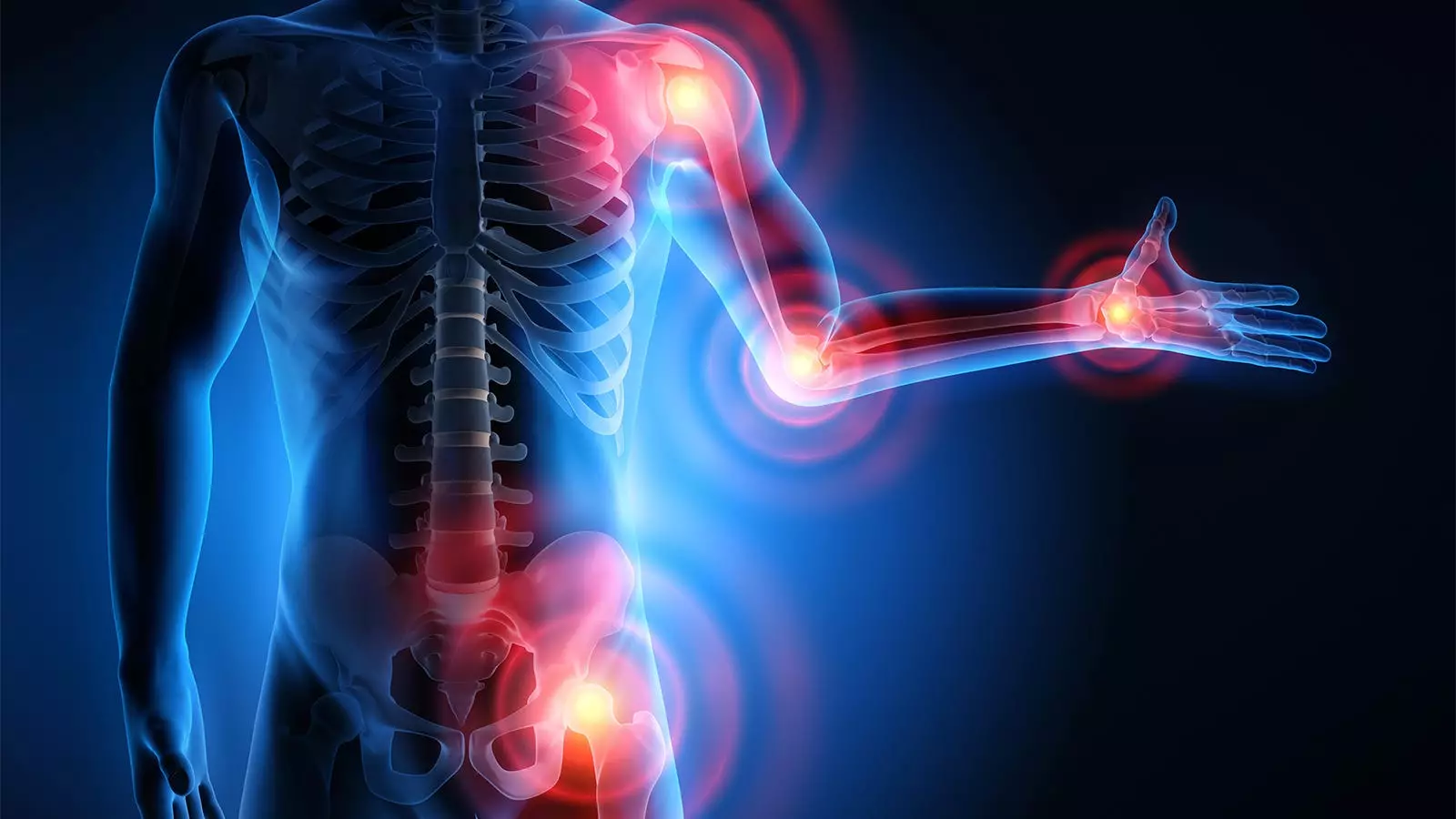Chronic pain is a significant health challenge in the United States, impacting millions of individuals and influencing how they navigate daily life. A recent survey from the Centers for Disease Control and Prevention (CDC) reveals worrying statistics that suggest nearly one in four adults in the U.S. suffers from chronic pain. This article seeks to delve into the implications of the findings and understand the demographics affected by this pervasive issue.
According to the CDC’s National Center for Health Statistics (NCHS), 24.3% of adults reported experiencing chronic pain lasting three months or longer in 2023. This statistic is concerning, particularly when juxtaposed with previous years’ data; in 2021, the percentage stood at 20.9%, indicating a significant increase in those affected by chronic pain. The definition of chronic pain, utilized in the survey, relies on individuals indicating they experienced pain “most days” or “every day” over the prior three months, highlighting how prevalent this condition has become in everyday American life.
Adding to this concern is the recognition that over 8.5% of adults experience high-impact chronic pain—pain that severely restricts their ability to perform daily activities. This type of pain is not merely a medical inconvenience; it poses real challenges to quality of life, often leading to decreased productivity, emotional distress, and complex health care needs.
The survey’s findings reveal a troubling demographic divide in chronic pain occurrences. Women report higher instances of chronic pain than men—25.4% compared to 23.2%—and are also more likely to experience high-impact chronic pain (9.6% vs. 7.3%). These statistics raise questions about gender differences in pain perception, reporting behaviors, and access to effective treatment.
Age is another critical factor in understanding chronic pain prevalence. The data illustrates a steady increase in chronic pain among older adults, with a stark contrast between young and senior populations. Only 12.3% of adults under 30 reported chronic pain, while a staggering 36.0% of individuals aged 65 and older faced this issue. This trend underscores the necessity for targeted interventions as the population ages, as the need for pain management solutions will likely grow alongside increasing life expectancy.
Furthermore, racial and geographic disparities emerge from the survey. American Indian and Alaska Native adults face a higher burden, with 30.7% experiencing chronic pain and 12.7% suffering from high-impact chronic pain. This highlights the potential influence of socioeconomic factors, healthcare access, and cultural considerations on health outcomes. Additionally, geographic location plays a role in chronic pain prevalence, with 20.5% of residents in large central metropolitan areas reporting chronic pain compared to 31.4% in nonmetropolitan areas.
Chronic pain does not exist in isolation; its ramifications extend into psychological health and healthcare systems. The authors of the NCHS Data Brief caution that chronic pain management is associated with increased rates of anxiety, depression, and opioids misuse. The chronic nature of the pain can lead to unmet mental health needs, creating a vicious cycle where pain drives emotional distress, potentially leading to further health complications and increased reliance on healthcare services.
The escalating numbers signify the urgent need for more effective chronic pain management strategies. Not only should healthcare systems enhance their focus on pain management, but they must also recognize the complex interplay between chronic pain and mental health, aiming to create integrated care models that address both aspects simultaneously.
The CDC’s recent survey data paint a stark picture of chronic pain’s prevalence in the United States, calling for a heightened awareness and proactive approach from healthcare providers, policymakers, and communities. As the demographics shift and the burdens of chronic pain increase, the urgency for innovative and accessible pain management solutions becomes undeniable. A comprehensive understanding of chronic pain’s impact must guide future research and policy reforms, ensuring that those affected can achieve better health outcomes and an improved quality of life.


Leave a Reply